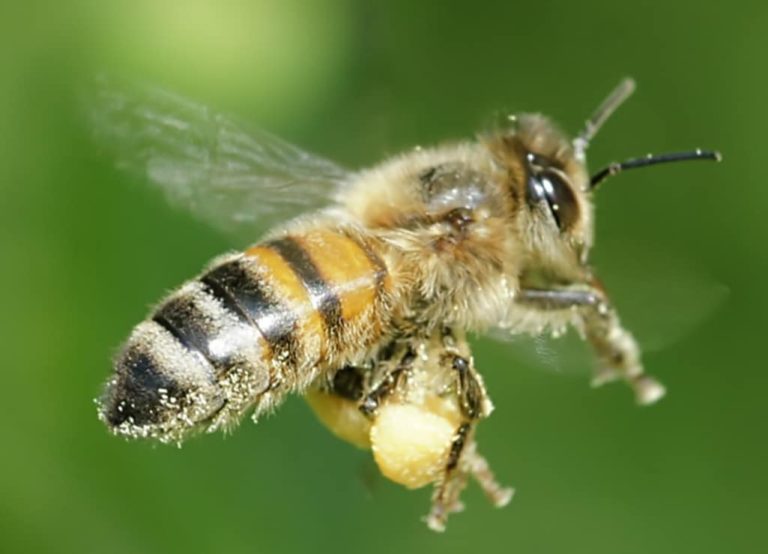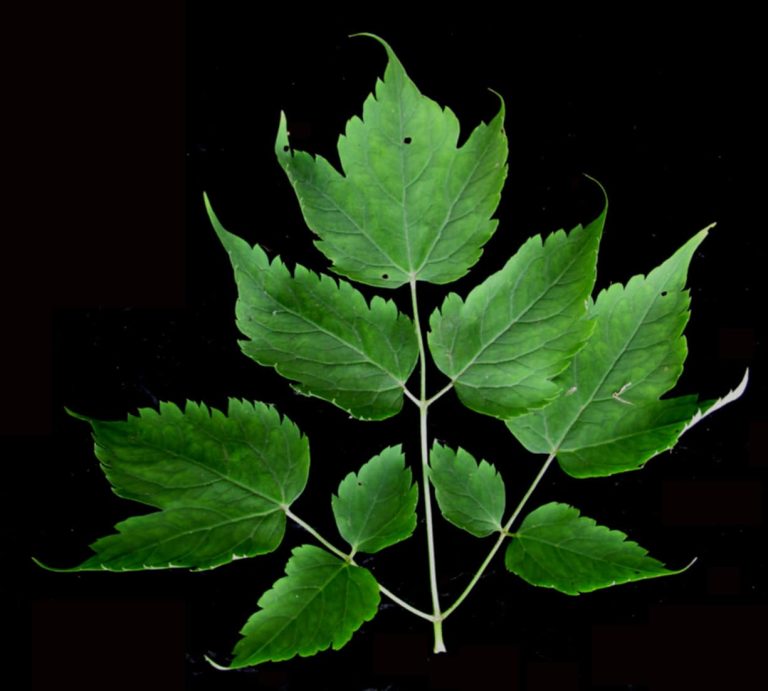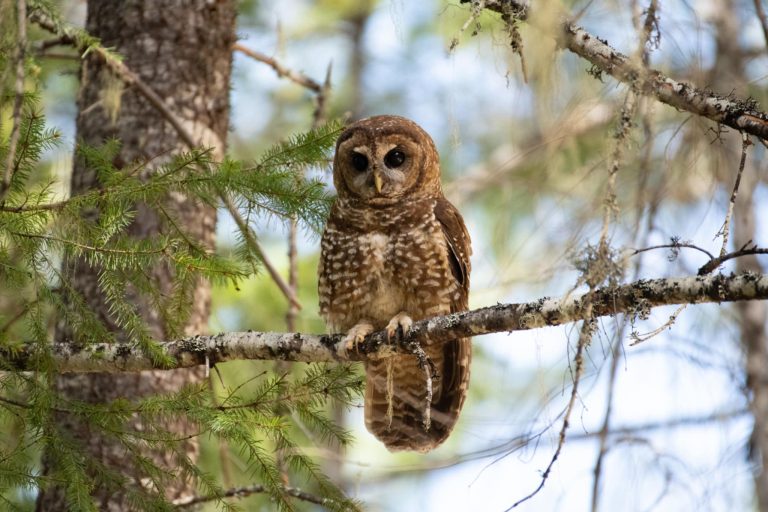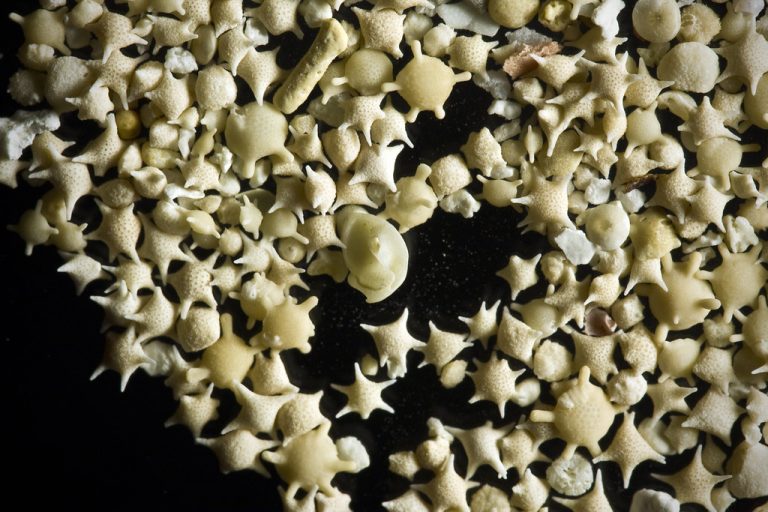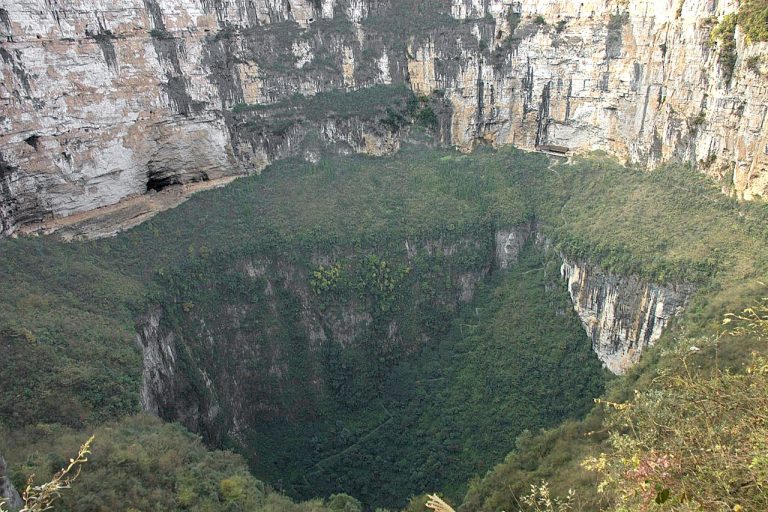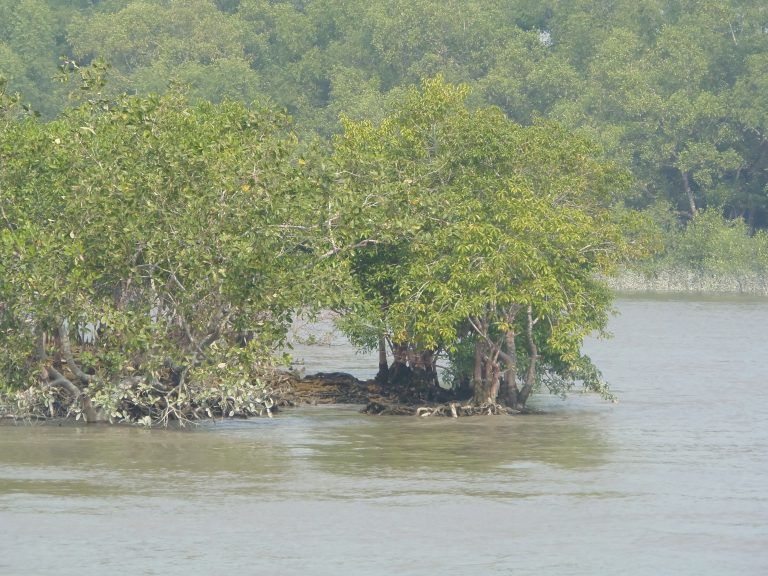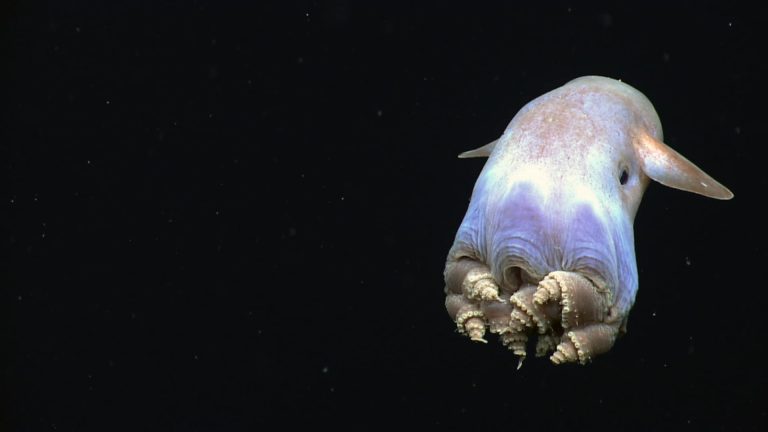The Amur Leopard: The Rarest Wild Cat of The World
What’s the rarest wild cat in the world? Considering the number of individuals currently remaining in the wild, it’s the Amur leopard, a leopard subspecies. In this post, I will share insights about this rare wild cat, including its unique adaptations, behaviors, and the threats it faces. The Amur Leopard Let’s learn some basic things…




